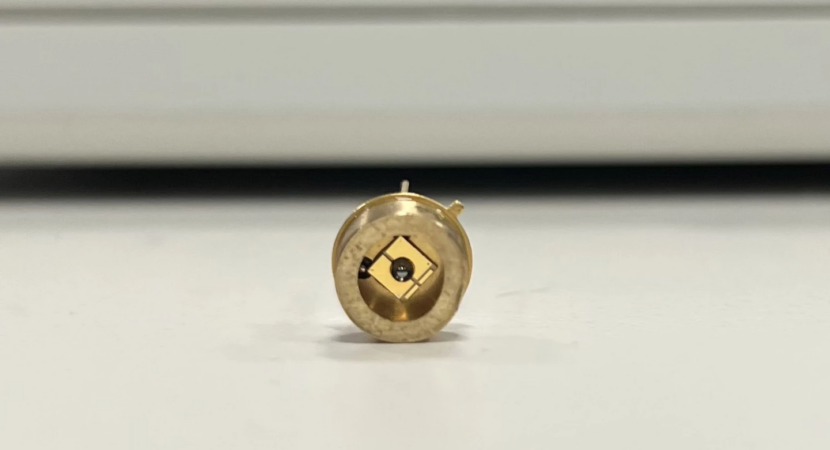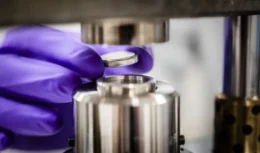
One of the Australian university is working on solar cell that promises to revolutionize clean energy production
With climate change, investments in the development of new technologies for the production of clean energy are increasing. An example was the study published by the ACS Photonics, from the University of New South Wales (UNSW), in Australia, where researchers are working on a solar cell capable of to produce energy overnight. This is the “inverse use of a conventional solar cell”, which would be capable of producing up to one tenth of a conventional photovoltaic cell.
Production of energy from infrared thermal radiation
In a conventional solar panel, sunlight is absorbed by the solar panels and converted into electricity. The study shows that the same process can happen in reverse, where the loss of heat is used. As the earth cools during the night, it radiates energy into space. The researchers take advantage of this movement to generate electricity.
The device being developed by the researchers is called Thermoradiative Diode. Basically, the equipment works in reverse of a conventional solar panel.
“The idea that thermodynamically we can produce energy through the emission of light rather than absorption may be an impossibility for many. Much like a solar cell, what we have here is a heat engine, with the difference of switching the energy converter from the cold side (solar cell being on Earth absorbing photons from the Sun) to the hot side”, said Michael Nielsen, a professor and researcher at School of Photovoltaic and Renewable Energy Engineering from UNSW.

Energy production capacity
During testing, one of the tested photovoltaic detectors heated up to 21,11 degrees Celsius, generating about 2,26 milliwatts per square meter. “At the moment, the demonstration we have with the thermoradiative diode is of relatively very low power”, said Ekins-Daukes. The data show that if adapted and improved, the equipment can produce up to 1/10 of the energy of a conventional solar panel.
Os researchers admit that it is a study in the initial phase, where much still needs to be improved. The data show that the energy potential in the tested equipment is much smaller compared to a solar panel.
The researchers also claim that there is about a decade of studies to be able to think about putting the product on the market. If the industry can see that this is a valuable technology for them, then progress can be extremely rapid.












